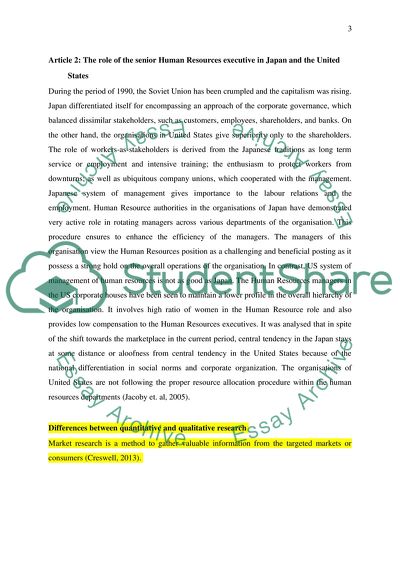Cite this document
(Researching Work, Employment and Employee Relations Essay, n.d.)
Researching Work, Employment and Employee Relations Essay. https://studentshare.org/human-resources/1859776-researching-work-employment-and-employee-relations
Researching Work, Employment and Employee Relations Essay. https://studentshare.org/human-resources/1859776-researching-work-employment-and-employee-relations
(Researching Work, Employment and Employee Relations Essay)
Researching Work, Employment and Employee Relations Essay. https://studentshare.org/human-resources/1859776-researching-work-employment-and-employee-relations.
Researching Work, Employment and Employee Relations Essay. https://studentshare.org/human-resources/1859776-researching-work-employment-and-employee-relations.
“Researching Work, Employment and Employee Relations Essay”. https://studentshare.org/human-resources/1859776-researching-work-employment-and-employee-relations.


